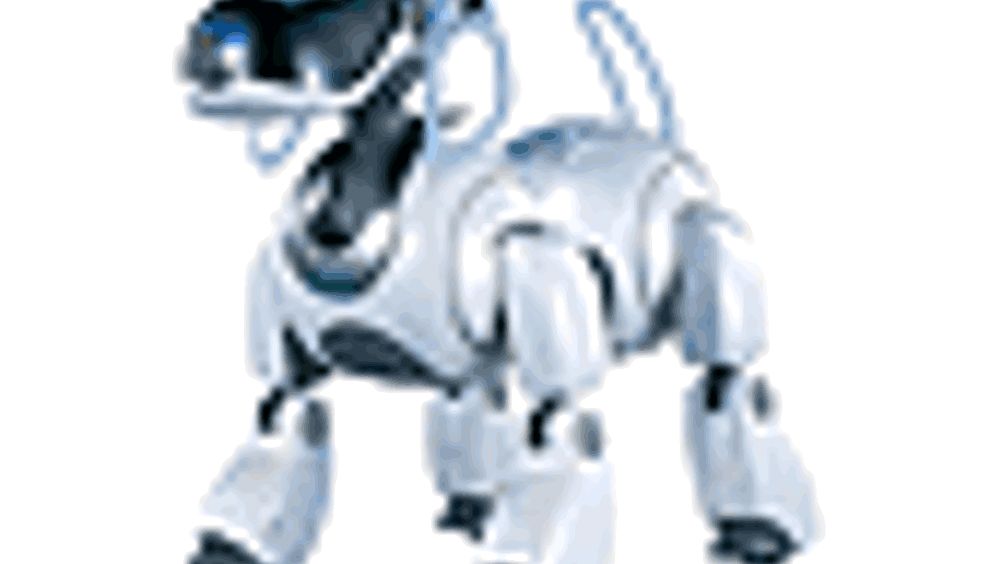Teaching robot dogs linguistic tricks

Researchers led by the Institute of Cognitive Science and Technology in Italy are developing robots that evolve their own language, bypassing the limits of imposing human rule-based communication.
“The result is machines that evolve and develop by themselves without human intervention,” said Stefano Nolfi, the coordinator the ECAgents project. The project, financed by the European Commission’s Future and Emerging Technologies (FET) initiative, has brought together researchers from disciplines as diverse as robotics, linguistics and biology.
The technology, dubbed Embedded and Communicating Agents, has allowed researchers at Sony’s Computer Science Laboratory in France to add a new level of intelligence to the AIBO dog. Instead of teaching the dog new tricks, the algorithms, design principles and mechanisms developed by the project allow the robotic pet to learn new tricks itself and share its knowledge with others.
“What has been achieved at Sony shows that the technology gives the robot the ability to develop its own language with which to describe its environment and interact with other AIBOs. It sees a ball and it can tell another one where the ball is, if it’s moving and what colour it is, and the other is capable of recognising it,” Nolfi said.
Register now to continue reading
Thanks for visiting The Engineer. You’ve now reached your monthly limit of news stories. Register for free to unlock unlimited access to all of our news coverage, as well as premium content including opinion, in-depth features and special reports.
Benefits of registering
-
In-depth insights and coverage of key emerging trends
-
Unrestricted access to special reports throughout the year
-
Daily technology news delivered straight to your inbox










Water Sector Talent Exodus Could Cripple The Sector
Maybe if things are essential for the running of a country and we want to pay a fair price we should be running these utilities on a not for profit...